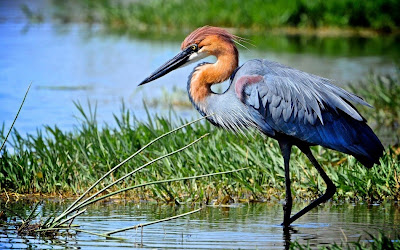Wildlife photography attracts many people, primarily due to the attraction to wildlife and for those who want to pursue a career as a wildlife photographer - courses are the best choice to grasp some knowledge.
Wildlife photography uses lenses, filters and tools that are very different from an advertising or fashion photography assignment. You need to learn a lot about animal behavior and how to deal with them before making it a serious profession.
Shooting wildlife usually cover topics such as:
Where to Begin- Have you ever thought Amazon forest is the best place to start your career as a wildlife photographer? If you head to the Amazons expecting some great photos, you will be disappointed because in dense tropical forests, it is very hard to spot animals or birds as you can do in a savannah. A national park close to your home is the best place to begin photography. With a good course, you will learn hotspots in your location where you can click great pictures.
Techniques - Camouflages are widely on your equipment and clothing to hide your presence from wildlife but this is just one technique. Wildlife photographers also use foods and other items to attract animals and birds. You usually use faster shutter speeds and higher ASA settings to capture wildlife, and a good course will cover in detail about aperture and shutter settings.
Learn About Lenses- Arguably, a large range of telephoto lenses are used in wildlife photography. Each manufacturer will have multiple models with same focal length but the results and features for each lens vary. Professional help is a must for every wildlife photography student to pick the right photography lens.
Animal Psychology- A wildlife photographer who wants to shoot pictures of a Cheetah or a Bengal Tiger spends most of his/her time on learning about the particular animal's behavior because spotting the animal and being safe in the animal's presence is more important. When you head to the wilderness, there will be other animals, snakes and venomous insects that you will come in contact with so you can't limit your knowledge to one animal but must expand to every possible animal and plant that you will find. This is why professional lessons are required to empower yourself with sufficient knowledge.
Surviving In The Wild- There are many newcomers who are attracted to wildlife photography due to the fancy side it seems to show. However, wilderness survival and photography are not that easy without adequate knowledge and tools to survive. With professional courses, you will learn how to survive in the wild, stay for days or even weeks to capture the subject you intend to etc. These courses also cover information about the necessary tools and equipment that a wildlife photographer must carry.





No comments:
Post a Comment